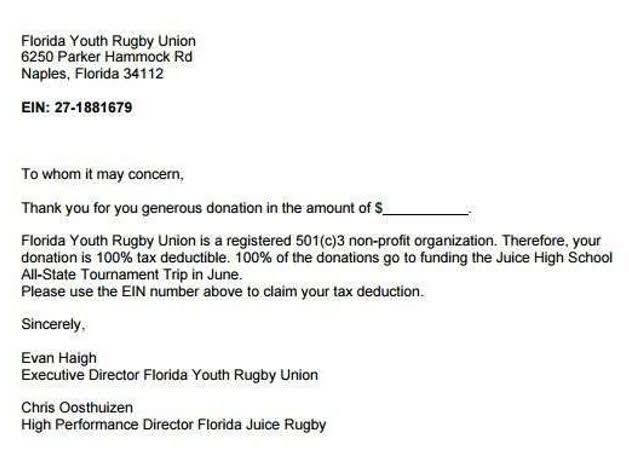
Dividend payments can vary widely, depending on the company and the firm’s industry. Established businesses that generate consistent earnings make larger dividend payouts, on average, because they have larger retained earnings balances in place. However, a startup business may retain all of the company earnings to fund growth. Let’s look at this in more detail to see what affects the retained earnings account, assuming you’re creating a balance sheet for the current accounting period. It’s also possible to create a retained earnings statement, alongside your regular balance sheet and income statement/profit and loss.
Many businesses use retained earnings to pay down debt, which can help to improve a company’s financial health and reduce its interest expenses. If you decide to reduce retained earning equation debt, you should prioritize which debts you’ll pay off. While they may seem similar, it is crucial to understand that retained earnings are not the same as cash flow.
What happens to retained earnings at year-end?
The purpose of a balance sheet is to ensure all your bookkeeping journal entries are correct and every penny is accounted for. Add your net income and subtract dividends paid to get the end balance of your retained earnings. This post will guide you through the process of calculating your company’s retained earnings step by step to help you make informed decisions regarding your business’s financial performance. Assuming your business isn’t new, deduct from the retained earnings figure any dividends that you want to pay from Q2 to yourself, other owners of the business, or shareholders.

For instance, a company may declare a stock dividend of 10%, as per which the company would have to issue 0.10 shares for each share held by the existing stockholders. Thus, if you as a shareholder of the company owned 200 shares, you would own 20 additional shares, or a total of 220 (200 + (0.10 x 200)) shares once the company declares the stock dividend. For example, if a business generated a $30,000 profit over 2 years and then lost $10,000 over the 2 years after, the balance sheet in the 4th year would show a retained earnings total of $20,000. Retained earnings are noted on the balance sheet under accumulated income from the previous year minus shareholder dividends. When a business has a positive retained earnings number, the company has more to spend on assets to foster further growth.
How to Interpret Retained Earnings?
Knowing financial amounts only means something when you know what they should be. Now that we’re clear on what retained earnings are and why they’re important, let’s get into the math. To calculate your retained earnings, you’ll need three key pieces of information handy. Here we’ll go over how to make sure you’re calculating retained earnings properly, and show you some examples of retained earnings in action.
- Reinvestments from retained earnings help boost future earnings, while negative retained earnings typically indicate a need to reduce spending.
- A maturing company may not have many options or high-return projects for which to use the surplus cash, and it may prefer handing out dividends.
- Therefore, the company must maintain a balance between declaring dividends and retaining profits for expansion.
- Seeing your figures in detail provides insight into your company’s financial health.
- Accounting terms can cause considerable confusion, and knowing the difference when keeping track of your finances is crucial for accuracy and financial literacy.
- There’s less pressure to provide dividend income to investors because they know the business is still getting established.
Yarilet Perez is an experienced multimedia journalist and fact-checker with a Master of Science in Journalism. She has worked in multiple cities covering breaking news, politics, education, and more. Since Meow Bots has $95,000 in retained earnings to date, Herbert should hold off on hiring more than one developer.
Ask the author a question or share your advice
Retained earnings can do more than provide financial insight; they can help you grow your business and enjoy more success, as well. Net Income is the balance amount left for the company after deducting expenses such as the cost of goods sold, salary expenses, interest, taxes, depreciation & amortization from the company’s Net Sales. And if you’re taking care of your basic accounting, then it could be viewed as a sign of a well-run business. Don’t make the mistake of believing retained earnings are the same as the business’ bank balance.
What Financial Statement Lists Retained Earnings? – Investopedia
What Financial Statement Lists Retained Earnings?.
Posted: Sat, 25 Mar 2017 13:33:48 GMT [source]
Retained earnings can be used to pay additional dividends, finance business growth, invest in a new product line, or even pay back a loan. Most companies with a healthy retained earnings balance will try to strike the right combination of making shareholders happy while also financing business growth. The retained earnings are calculated by adding net income to (or subtracting net losses from) the previous term’s retained earnings and then subtracting any net dividend(s) paid to the shareholders.
Do you have a firm grasp on the retained earnings formula? This article explains how to find your company’s retained earnings.
Ltd. has begun retained earnings of $30,000 for this accounting year, and the company has shown a Net Loss of $40,000 in its income statement. Accountants use the formula to create financial statements, and each transaction must keep the formula in balance. This bookkeeping concept helps accountants post accurate journal entries, so keep it in mind as you learn how to calculate retained earnings. Retained earnings are net income (profits) that a company saves for future use or reinvests back into company operations. You should report retained earnings as part of shareholders’ equity on the balance sheet.
Additionally, investors may prefer to see larger dividends rather than significant annual increases to retained earnings. Essentially, this is a fancy term for “profit.” It’s the total income left over after you’ve deducted your business expenses from total revenue or sales. Your retained earnings account on January 1, 2020 will read $0, because you have no earnings to retain.
